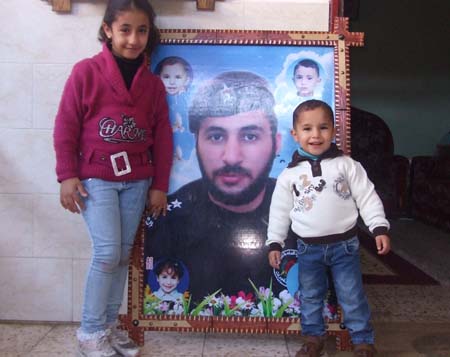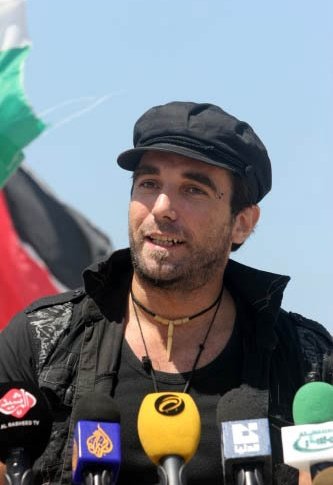Tag: Cast Lead
-
27 December 2008: The Al Ashi family
27 December 2011 | Palestinian Center for Human Rights “For the upcoming anniversary of the war, me and other women who lost husbands in the attack plan to give gifts to orphans who lost their fathers during the war. The gifts will be inscribed with the words ‘On this day you are the beloved ones of…
-
Vik’s not gone
22 April 2011 | International Solidarity Movement, Gaza Vik, habibo, you’re not gone, not for me at least. In life you brought the warmth every time I met you, and to everyone else. You did not see it as a duty or a service but it was just how you were, to rouse and stir…
-
Palestinians in Gaza and the West Bank unite in mourning of slain activist Vittorio Arrigoni
International Solidarity Movement Gaza FOR IMMEDIATE RELEASE Palestinians across the Gaza strip and the West Bank will join today in mourning slain activist Vittorio Arrigoni. People will gather both in the Al Manara square in Ramallah and at Al Jundi al Majhull, the unknown soldier park, in Gaza City. Mourners will be received by the…



